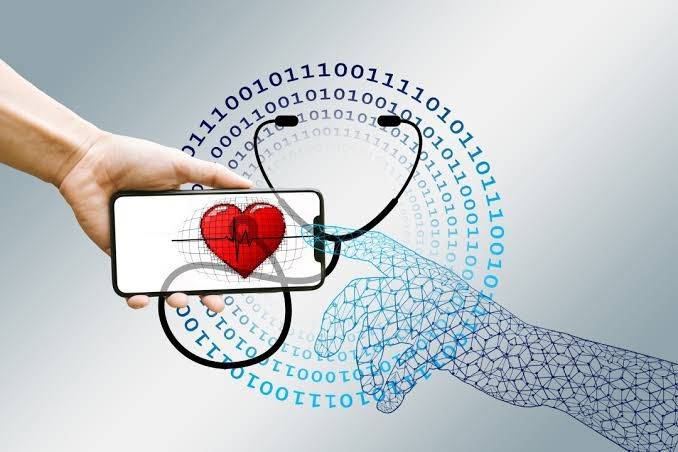Medical translation is a highly specialized industry. The clinical terminology and subject matters are complex, and translation errors can threaten lives and livelihoods. With such high stakes, medical translation must be performed by experts on the subject matter.
Medical terminology is complex, and its use is often based on the specified practice area, document type, and context. For example, Hypertension and Hypotension mean the exact opposite, yet they are differentiated by a single letter. While hysteroscopy and hysterectomy sound similar, one is an imaging procedure while the other is the complete removal of the uterus. With such nuanced subject matter, medical document translation should be performed by a translation service specializing in medical translation.
What type of documents need medical translation?
Ofcourse it is assumed that research trials and medical journals are translated to spread cutting-edge research globally, but these are not the only documents that require medical document translation. By law, medical facilities must translate six vital docuemnts to be available for non-English patients and their families. These documents are pretty straightforward and do not contain the complex terminology seen in research papers or clinical notes. The documents include:
- Notices of free language assistance
- Notices of eligibility criteria for services
- Informed consent documents
- Intake forms that have clinical consequences
- Discharge instructions
- Complaint forms
In the United States, the above documents must be translated to ensure non-English speakers receive the same standard of care as English speakers. Your standard translation service can often translate these documents due to the absence of complicated medical terminology. When working with a more complex document, however, a specialized medical translation service is a must. Unfortunately, freelance translators are often not skilled enough to provide medical document translation.
Therefore, it is best to seek out a medical translator service specialized in your industry.
Some of the documents that require a specialized medical translation service include:
- Clinical notes
- Research trials
- Medical device product information
- Training material
- Pharmacuetical labels and instructions
- Patient reports
- Medical journals
Considerations when translating medical documents
It is no secret that medical terminolgoy is complicated and nuanced. Medical translators, however, must know not just the terminology but also have comprehensive knowledge of the industry itself. Some major considerations when translating medical documents are:
Different registers. There is often more than one word that means the same thing, and termshave multiple registers. Chest, for instance, is the lower register of thorax. Some specialties will use chest while others exclusively use the higher register or, more specific term, thorax. Therefore, medical translators should know all registers of a word and when to use them.
Medical abbreviations are commonly used in clinical notes and reports. A translation specialistmust know the abbreviations of both the source and target language. Some words are abbreviated in certain languages, while in others, they are protracted. These language rules are not written down, so it is the job of the translator to understand when and how to use abbreviations.
Medical knowledge is the understanding of medicine, patient experiences, diagnosis andoutlook. A translator who solely knows medical terminology will be ineffective in providing accurate transations as they will not understand the context or knowledge around a term. A translator must understand their target audience and what information is important. If a
translation is for a patient or layperson, the translator should use the lower register. For instance, in French, Varicelle could be translated to either Varicella or Chickenpox, depending on who the audience is.
Synonyms are another obstacle in medical translation. A single disease could have five names,and a translator should know all five. For example, infantile scurvy can be called Barlow’s Disease, Moller-Barlow Disease or Barlow’s Syndrome, or Cheadle-Moller-Barlow Syndrome of Vitamin C deficiency syndrome. Therefore, a comprehensive awareness of terminology is a requirement for any medical translator.
Brand name drugs pose another hurdle. Ventolin, for instance, is a commonly used brandname drug and is often present in source texts. A translator must know the equivalent brand name in the target language and the International Non-proprietary Name, a global standard for classifying pharmaceuticals.
Find a medical translation service
Choosing a medical document translation service can be daunting. First, seek out a service provider with a history of translating the types of medical documents you need. You should ask the provider about their translator vetting process and what additional qualifications their medical translation teams have.
MotaWord is a collaborative translation platform that excels in timely delivery and the highest quality standards of medical document translation. We offer professional medical translation services in over 95 languages and our customer support reps are available 24/7 to answer all of your questions and support you through the process of translation of your medical documents.
I am Jones Smith and I am here to share my experience and expertise in writing. I’ve been writing articles for different publications for more than 6 years. I have a varied range of interests and that’s why I love blogging about different topics. In my opinion, blogging is a lot like acting, and I consider writing blog posts as an acting job. I am an entrepreneur by heart and there is nothing big or small when it comes to starting a business.











